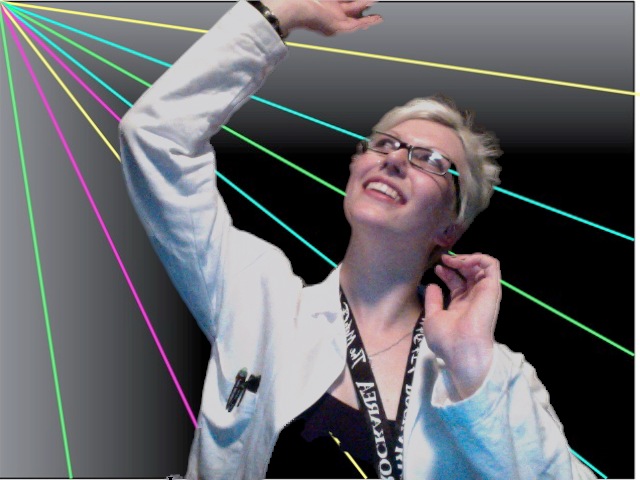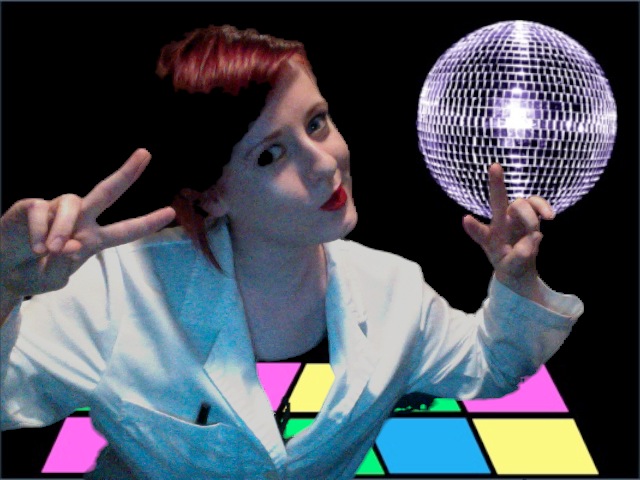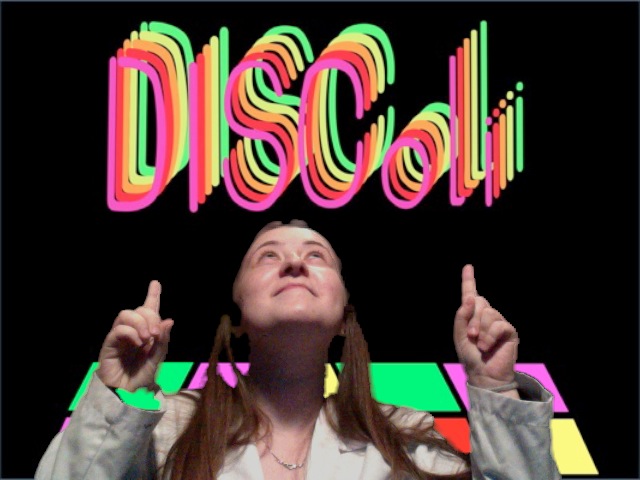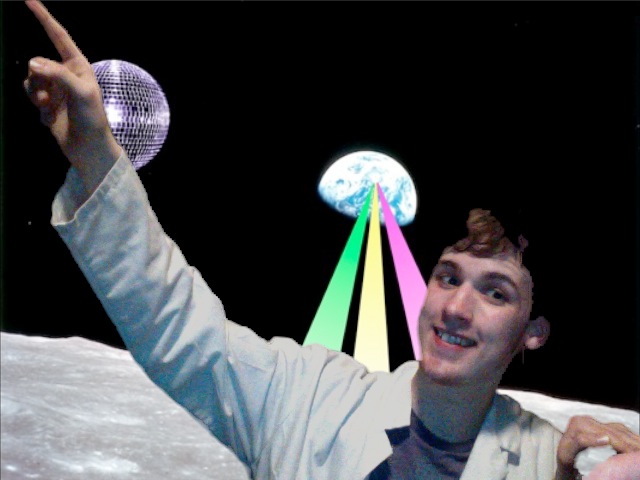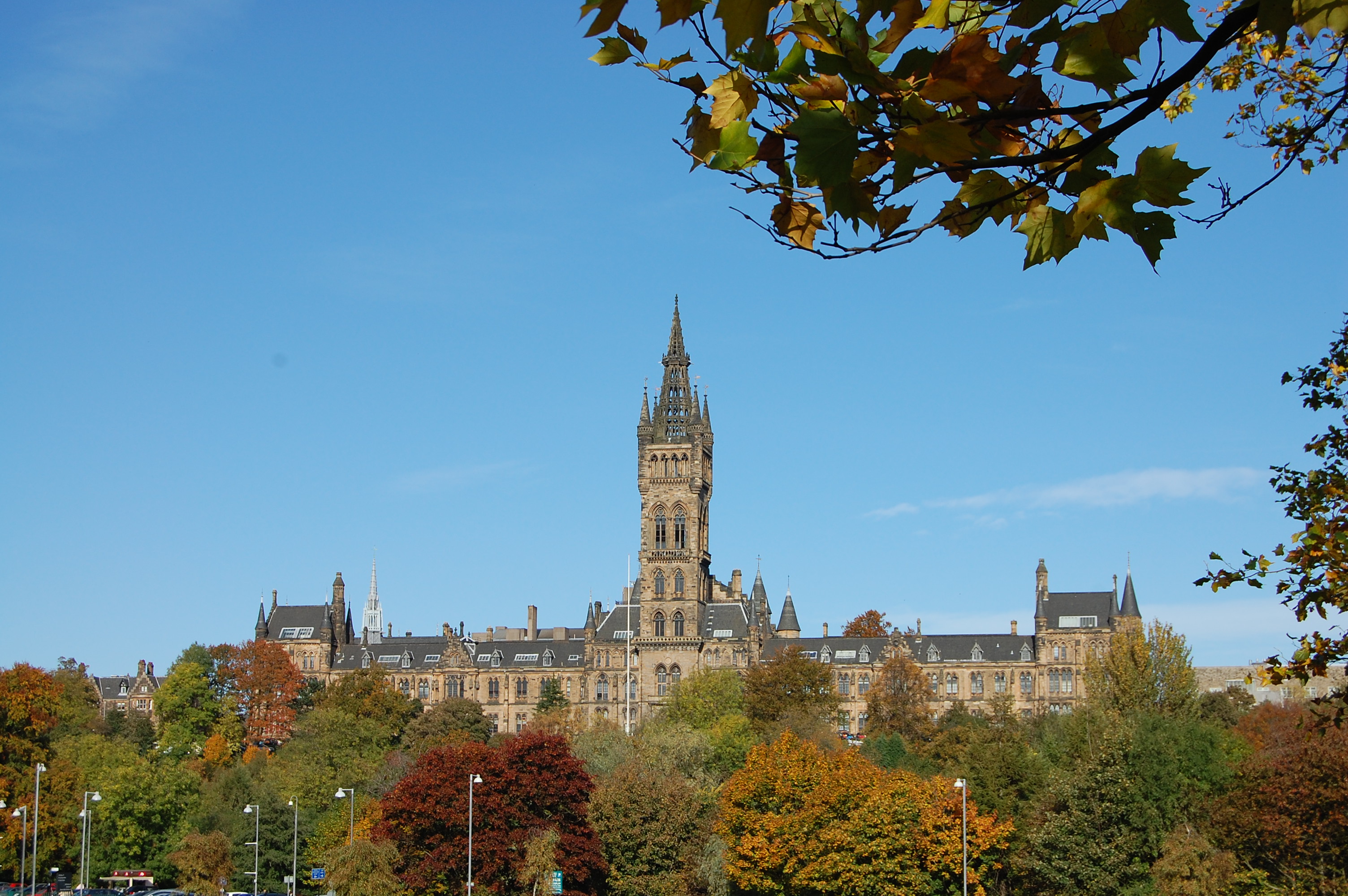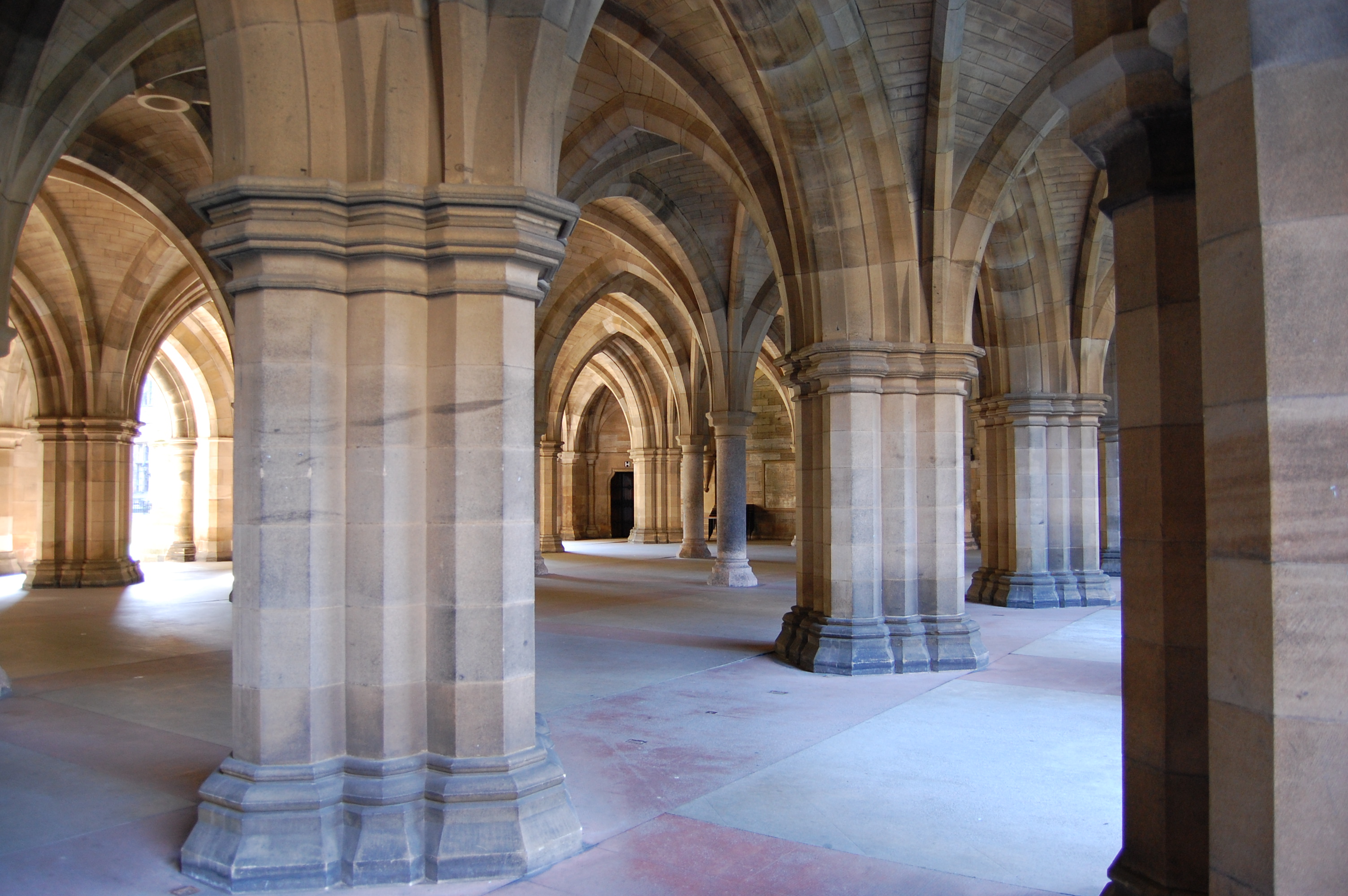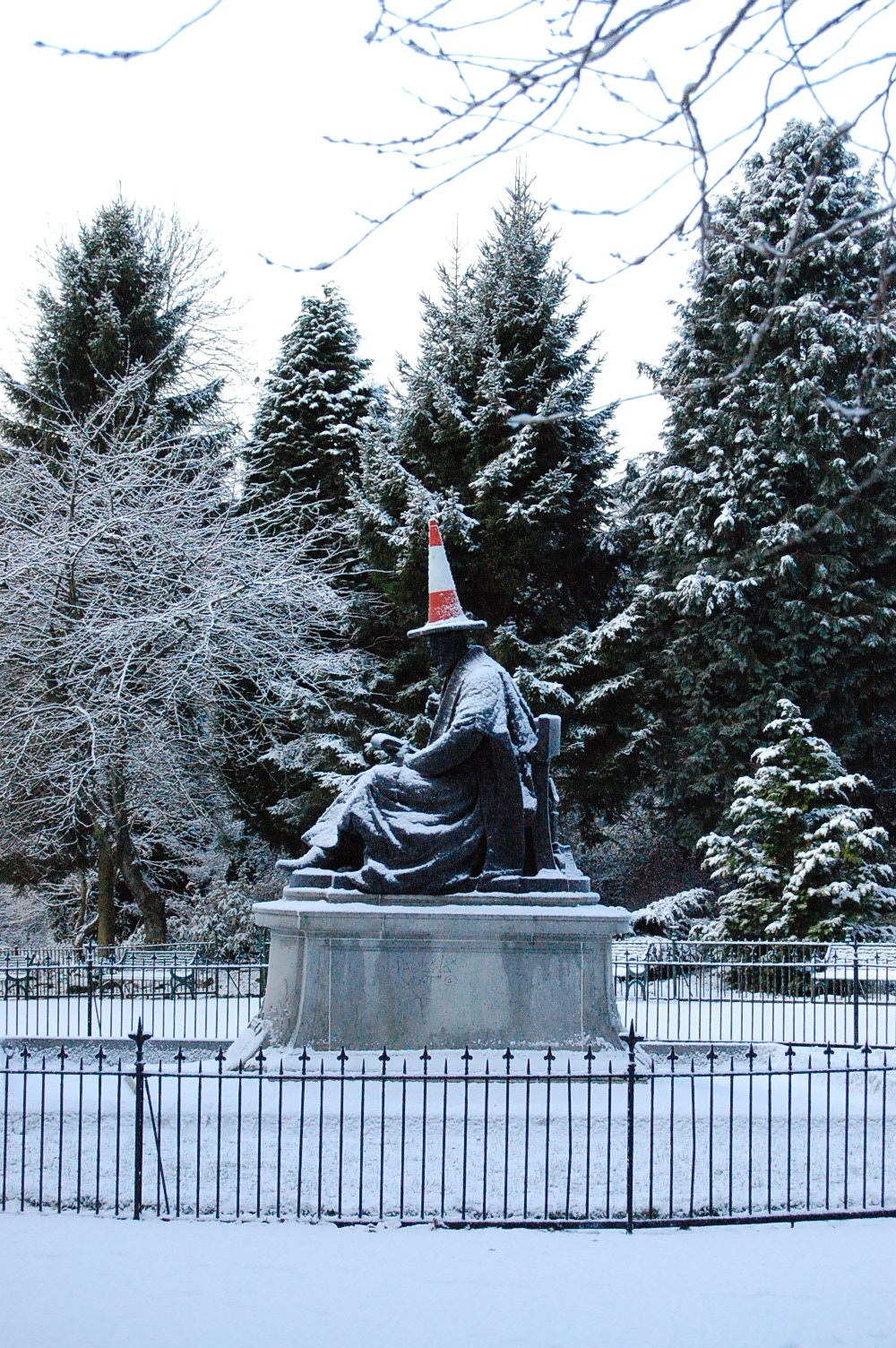Team:Glasgow/Team
From 2011.igem.org
Chris Wood (Talk | contribs) (→The Team) |
Chris Wood (Talk | contribs) (→The Team) |
||
| Line 39: | Line 39: | ||
Image:stewart.jpg|[https://2011.igem.org/Team:Glasgow/Team/Stewart_O'Neill Stewart O'Neill] | Image:stewart.jpg|[https://2011.igem.org/Team:Glasgow/Team/Stewart_O'Neill Stewart O'Neill] | ||
</gallery> | </gallery> | ||
| - | |||
== '''What we did''' == | == '''What we did''' == | ||
Revision as of 10:36, 28 June 2011
Contents |
Glasgow iGEM 2011
| We are a group of 6 second year and 3 third year Molecular and Cellular Biology and Genetics students lead by two PhD students and two Senior Lecturers from the University of Glasgow. This is the first the University of Glasgow has entered a team to iGEM since 2007 when they won a gold medal and the environmental prize. | |
|
Tell us more about your project. Give us background. Use this is the abstract of your project. Be descriptive but concise (1-2 paragraphs) | File:Glasgow team.png Your team picture |
| Team Example |
The Team
Advisors:
Glasgow Team member 1.png
|
|||
Glasgow Team member 7.png
|
|||
What we did
(Provide proper attribution for all work)
Where we're from
We all study at the University of Glasgow in Scotland's largest city.
The University was founded in 1451, and apart from being generally amazing it is most notable for its gorgeous neo-gothic main building designed by Sir George Gilbert Scott. With its spire and quadrangles it is enough to make anyone feel like a student of Witchcraft and Wizardry.
The University was based in Glasgow Cathedral until 1460. It then moved to Glasgow High Street, where it operated for the next 400 years. When the University outgrew its facilities there it relocated to Gillmorehill, to its new, specially built campus. The campus, where over 23,000 students attend, currently comprises of 104 buildings.
The University librabry holds over 2.5 million books on 12 floors, making it one of the largest libraries in Europe.
Glasgow itself is a great city with a vibrant nightlife and a broad range of more cultural activities to choose from. Many museums are free for anyone and always worth a look. For Example, the Kelvingrove Museum offers a slightly random collection of natural history and art, and is also architecturally very interesting. Additionally it is a great place for anybody who would like to learn more about the history of Glasgow.
| Home | Team | iGEM Diary | Official Team Profile | Project | Parts Submitted to the Registry | Modeling | Notebook | Safety | Attributions |
|---|
 "
"


